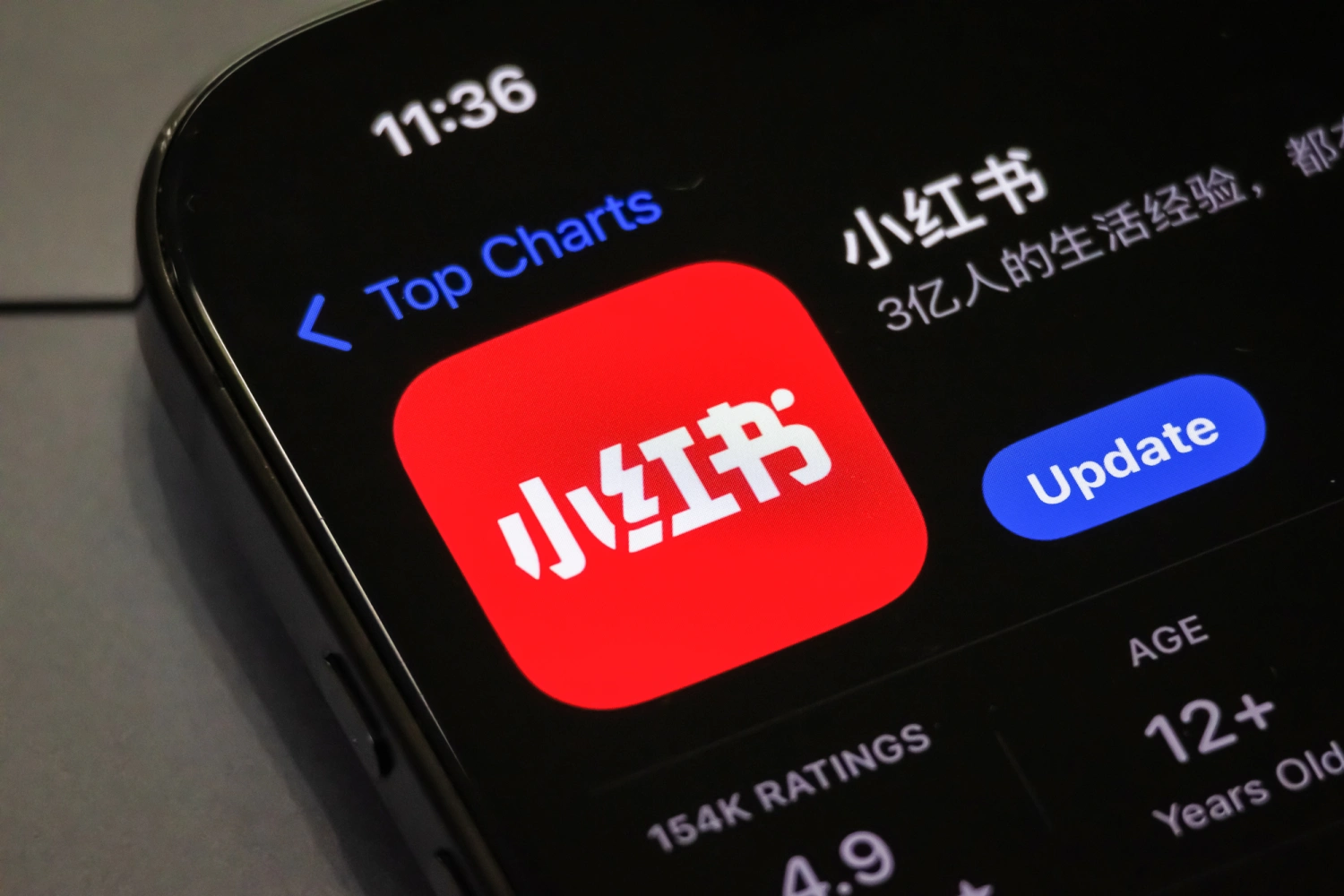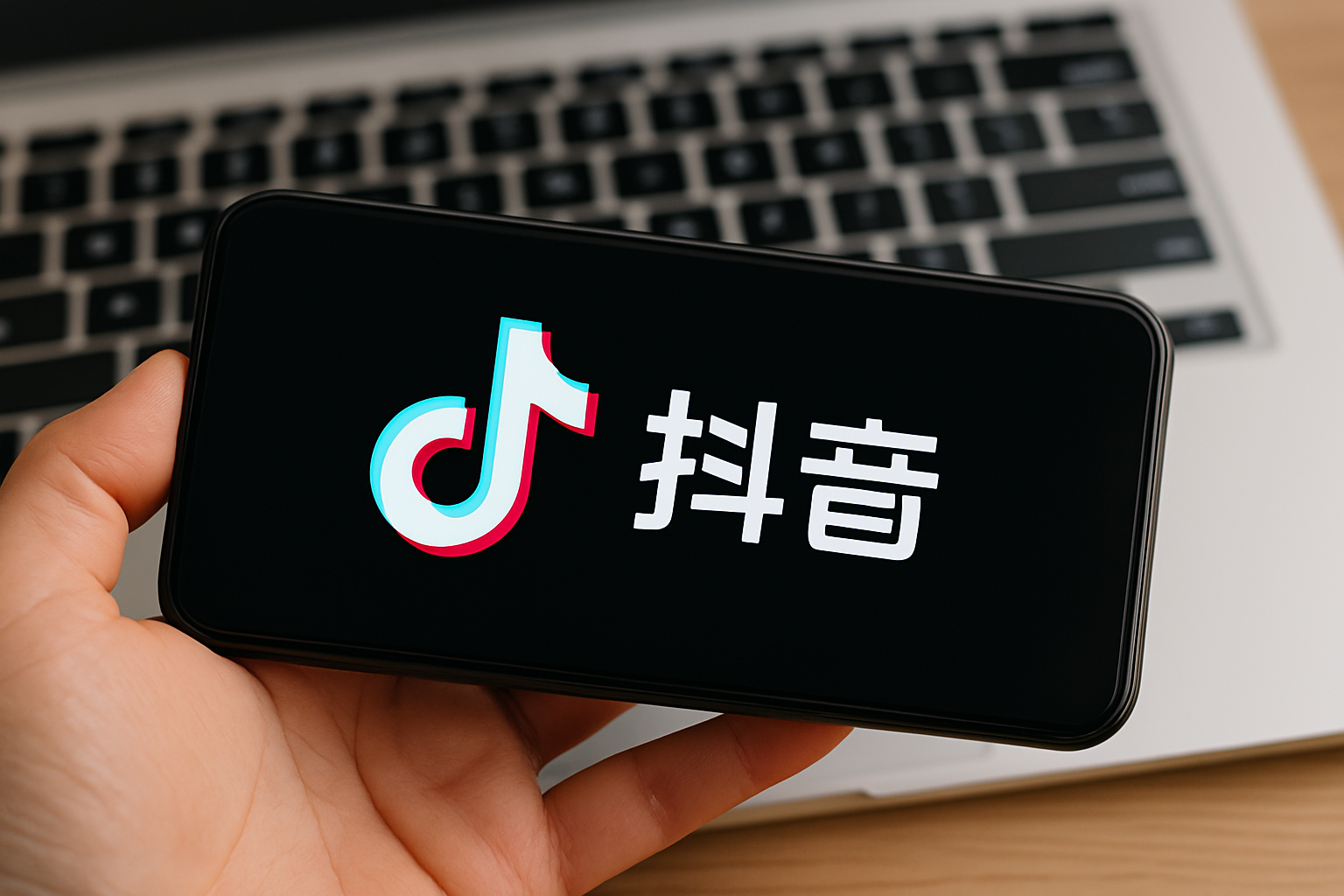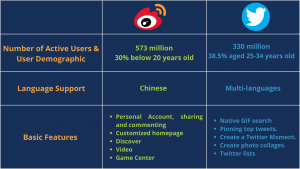In the realm of professional networking, the emergence of WeChat as a alternative to LinkedIn in China warrants a closer examination. This shift reflects not only the distinctive characteristics of each platform but also the unique landscape within which they operate. As aspiring professionals and seasoned experts seek avenues to foster meaningful connections and career growth, the insight into this phenomenon becomes essential.
LinkedIn and its Limited Footing in China
LinkedIn, the globally recognized professional networking giant, has experienced a contrasting reception in China compared to its stronghold in the Western world. It’s crucial to recognize that LinkedIn never gained the same level of popularity among professionals in China as it did elsewhere. The intricate interplay between cultural preferences, local networking norms, and governmental regulations has shaped this distinct dynamic. In addition, China’s authorities have intermittently restricted access to LinkedIn, rendering it a less accessible option for professionals seeking to build connections and explore job opportunities.
In 2021, LinkedIn announced that it won’t support user-generated content and user interactions on its Chinese version. Consequently shutting down all networking functionalities of the platform. These changes resulted in LinkedIn China transforming into InCareer – a job board website. Due to the platform difficulties in the local market, InCareer shut down in August 2023.
🔍 Top 5 alternatives for LinkedIn in China you need to know now
WeChat’s Emergence as an Alternative
Against this backdrop, WeChat, the multifaceted social media platform created by Tencent, has risen as a compelling alternative for professional networking in China. Several factors have contributed to WeChat’s ascendancy in this sphere. WeChat boasts a substantially larger user base in China compared to LinkedIn, thereby offering professionals a more expansive network to tap into. This inherently larger community fuels interactions, conversations, and the sharing of industry insights, creating an ecosystem conducive to networking.
Firstly, one of WeChat’s defining strengths lies in its diverse array of features tailored to professional networking. Individuals can join specialized WeChat groups aligned with their industry or interests, fostering connections and knowledge exchange. Secondly, WeChat has integrated a job search function within its platform. It’s efficiently facilitates direct job applications and making the process more streamlined.
Moreover, WeChat’s emphasis on mobile integration aligns seamlessly with the dynamic lifestyle of professionals in China. This mobile-centric approach allows users to connect, engage, and nurture relationships. All of that on the move, without being tethered to a traditional desktop platform.
Crafting a Robust Networking Ecosystem
Most of interaction, both personal and professional, takes place on WeChat. Therefore this shift toward WeChat as a primary platform for professional networking underscores the platform’s versatility and adaptability. For aspiring professionals and seasoned experts alike, nurturing an effective networking ecosystem entails a strategic approach.
In a professional environment, it’s natural that business partners will add each other on WeChat. More and more often this includes WeCom previously known as WeChat Work. In a world perpetually in motion, WeChat’s mobile-centric model resonates with the fast-paced nature of professional endeavors. Fostering connections through brief interactions, quick updates, and timely responses can be instrumental in maintaining a robust network.
💼 WeCom: The Essential Chinese Business Communication Tool for the Online Era
Leverage WeChat Groups
WeChat’s group feature transcends conventional networking by allowing professionals to immerse themselves in specialized communities. Engaging in relevant groups can provide insights, spark discussions, and lead to valuable connections. Navigating this landscape requires a discerning eye to identify groups that align with one’s career trajectory and aspirations.
🤝 WeChat with its different function is a great tool for B2B lead generation
Capitalize on Job Search Functionality
Last but not least, WeChat’s embedded job search feature merits exploration. It exemplifies the convergence of networking and career advancement within a single platform. Job seekers can navigate openings, apply seamlessly, and potentially expedite their journey toward new opportunities.
Navigating the Landscape
While LinkedIn remains a pivotal player in professional networking globally, the WeChat phenomenon in China provides a valuable lesson in adaptability and embracing platforms that align with the local landscape. As professionals seek to cultivate meaningful connections and unlock new horizons, understanding the nuances of these platforms becomes paramount. As a result, it is imperative to impart the wisdom of informed decision-making and recognize that different environments demand tailored strategies. In this ever-evolving landscape, the path to success lies in the harmonious interplay of platform functionality, cultural dynamics, and individual aspirations.




